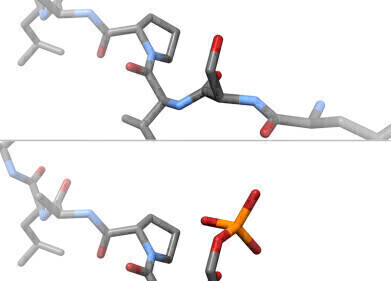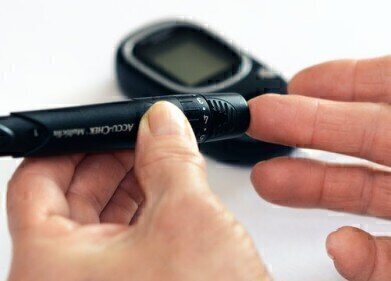Affinity
Is Spirulina a 'Superfood'? - Chromatography Investigates
Jun 08 2019
Consumers are becoming more aware of what they eat and where it comes from. There is also a growing awareness of the impact that what we eat, how it is processed, and how far it is transported to the marketplace affects the world we live in. To reduce mankind’s footprint on the planet alternative sources of nutrition have to be considered. Reducing our reliance on large animals is one way to help the planet survive for longer.
Eating fried locusts is struggling to gain a foothold in the developed world - unless you’re on an Ant and Dec show. But what about adding algae powder to your meals? We are always looking for new ‘superfoods’ to help us eat healthier, get all the nutrients we need without destroying the planet. A recent paper presented at the 13th Joint Conference on Chemistry - in Indonesia - presents the findings of a study carried out on Spirulina - the latest superfood?
What is Spirulina?
Spirulina might be one of the oldest lifeforms on the planet. Spirulina is a type of cyanobacteria that can grow in both fresh and salt water. Like plants, cyanobacteria also photosynthesize, producing energy from sunlight. And being one of the oldest organisms that uses photosynthesis to fix carbon and produce energy, it also produces oxygen and is partly responsible for the planet’s various life forms to develop in the way they have.
Spirulina is higher in protein than beef, chicken or soybean at between 50 and 70% protein - and is thought to contain all of the essential amino acids that our body needs but cannot produce on its own. It also contains many other micro- and macro- nutrients including vitamin A and various minerals. Whilst it may be a new foodstuff for many - several older civilizations, including the Aztecs, included Spirulina in their diets.
Defining Spirulina’s nutritional status
In the paper referenced above, the authors note that the nutritional composition of Spirulina is not fully known and that growing conditions can influence the composition. So, they set out to investigate the nutritional value of Spirulina and to assess the impact of different growing conditions on the nutritional value with the aim of providing information to help grow a potential superfood.
They started by growing the cyanobacteria under different conditions and then assessing its nutritional value under those different conditions. Chromatography was used to analyse the protein content, fatty acid content and vitamin concentration of different samples. The use of chromatography to analyse protein samples is discussed in the article, Mobile Affinity Sorbent Chromatography Of Proteins.
The team from Indonesia conclude:
The Spirulina can be categorized as a superfood, because of its high nutrient content. Spirulina contains nutrients like protein, vitamins, essential fatty acids, amino acids, minerals, and phytonutrients. The high phytonutrient content of Spirulina can be considered an alternative food for vitamin supplements.
Events
May 11 2025 Vienna, Austria
May 18 2025 Tempe. AZ, USA
May 21 2025 Birmingham, UK
Jun 01 2025 Baltimore, MD, USA
Jun 15 2025 Bruges, Belgium














